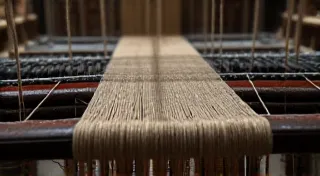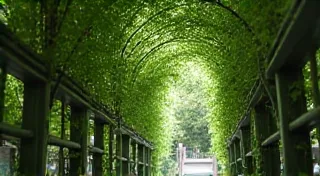The River's Murmur: How Waterways Shape Linguistic Convergence and Divergence
There’s a peculiar melancholy that clings to antique accordions. Their bellows, once vibrant with the laughter of dance halls and the storytelling of travelling musicians, now whisper a quieter tale of isolation and connection. Much like the dialects we’re exploring today, these instruments are living testaments to the powerful influence of geography – in the accordion's case, the skilled hands of craftspeople, and in language, the winding courses of rivers, lakes, and coastlines.
Imagine a weathered accordion, its rosewood keys yellowed with age, its leather bellows cracked but still capable of producing a mournful waltz. It might have been played in a small German-American community nestled in the Appalachian Mountains, a place where the echoes of the old country lingered, yet were subtly, inevitably, changing. It's a poignant image, much like considering how language shifts and adapts when communities are both separated *and* accessible through a shared waterway.
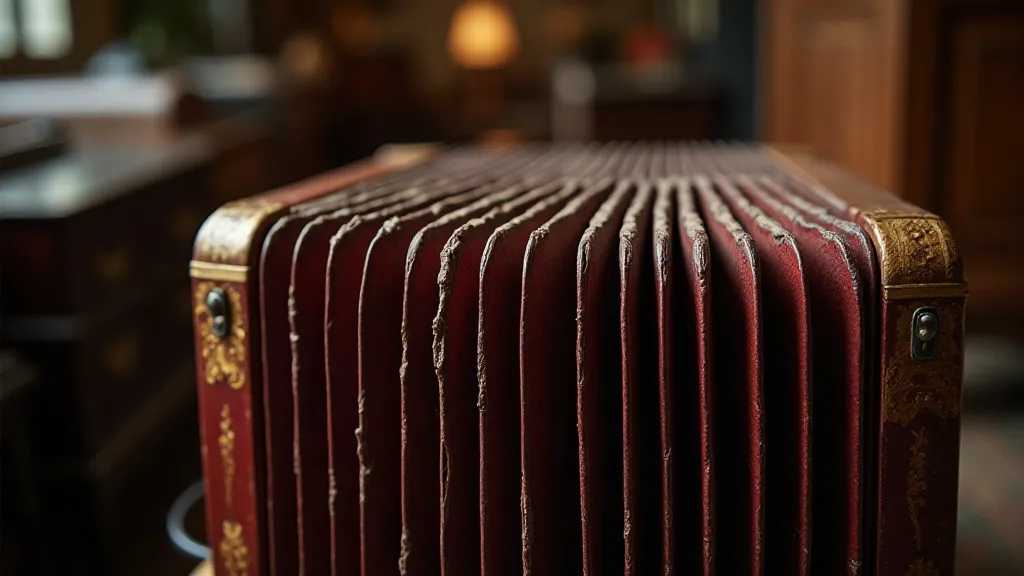
Water as Barrier: The Birth of Isolation
For centuries, rivers acted as formidable barriers. A broad, swift-flowing river could effectively isolate a community, preventing regular contact with neighboring settlements. This isolation fostered linguistic divergence. Consider the dialects spoken along the Mississippi River in the 19th century. Communities on opposite banks, separated by a waterway often too wide or dangerous for easy crossing, developed distinct pronunciations, vocabulary, and even grammatical structures. These differences weren't born of malice or intentional change; they were the natural consequence of limited interaction and independent evolution.
Think of the challenges faced by early settlers. Moving inland was arduous, and the rivers were the highways, but also the dividers. The dialects they carried – often a blend of influences from their home regions – began to drift apart. Words might be misheard, then repeated, then subtly altered until they became locally understood but foreign to those on the other side. Grammatical structures, too, could be simplified or embellished in unique ways, becoming markers of local identity.
Water as Bridge: The Flow of Influence
Yet, rivers aren't just barriers. They’re also crucial arteries, facilitating trade, migration, and communication. Consider coastal communities – their dialects are often characterized by a fascinating blend of influences. Seafaring cultures, for instance, readily absorbed loanwords and phrases from the languages of the countries they traded with. The vocabulary of the Cornish language, spoken in Cornwall, England, demonstrates this beautifully, reflecting influences from Celtic languages, Norse, and French.
The Dutch influence on the dialects spoken along the rivers and coasts of New York, New Jersey, and Delaware is another compelling example. While English was the dominant language, Dutch words and phrases permeated the local vernacular, particularly relating to shipbuilding, commerce, and everyday life. These linguistic echoes, though often fading, provide valuable clues to the region's complex history.
The Craft of Language & The Craft of Accordions
There’s a beautiful parallel to be drawn between the evolution of dialects and the craftsmanship of antique accordions. Both are products of meticulous skill and adaptation. Accordion makers, much like language communities, were constantly responding to changing circumstances and emerging preferences. Early accordions were often crude and simple, built with readily available materials. As technology advanced and international trade increased, more sophisticated materials and techniques were incorporated. German and Italian makers, for example, brought unique expertise, leading to regional variations in construction and musical tone.
Restoring an antique accordion is a delicate process, much like unraveling the layers of linguistic history. You must be acutely aware of the instrument’s origins and the era in which it was made. Replacing a bellows, for instance, requires not just skill but also a deep understanding of the original materials and construction methods. Similarly, understanding a dialect requires careful observation, historical context, and an appreciation for the subtle nuances of pronunciation and vocabulary. One small error can alter the original character, just as a single misplaced word can distort the meaning of a story.
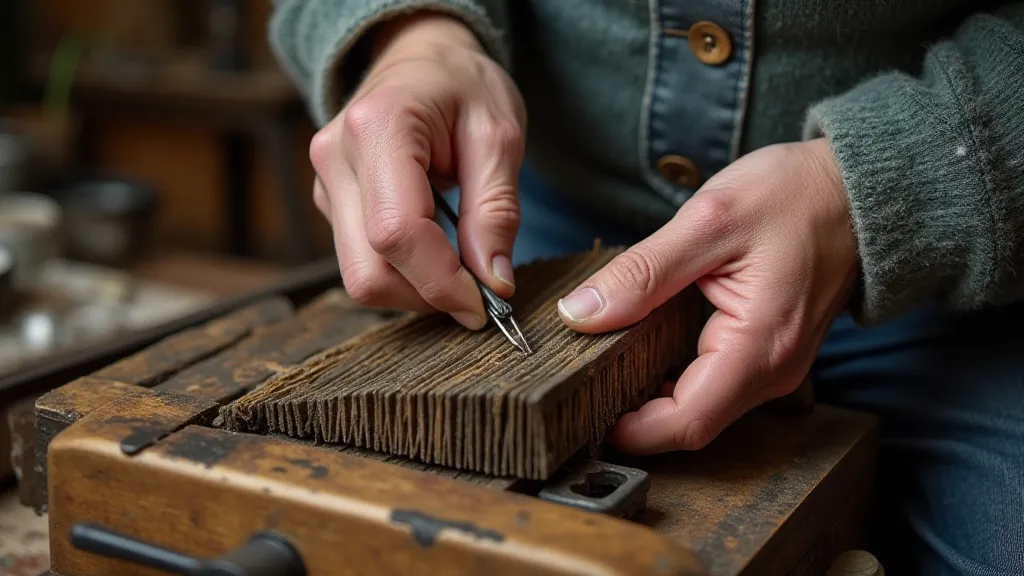
The Lingering Echoes: Modern Influences
The rise of mass media and increased mobility have undeniably blurred the lines between dialects. Television, radio, and the internet have exposed communities to a wider range of linguistic influences, leading to a gradual homogenization of language. However, even in this age of globalization, regional dialects haven't entirely disappeared. They persist, albeit often in a modified form, as subtle markers of identity and heritage.
The language of the Outer Banks of North Carolina, for example, retains a unique blend of Elizabethan English, African American Vernacular English, and maritime vocabulary. It’s a linguistic tapestry woven from centuries of isolation, trade, and cultural exchange. Similarly, the dialects spoken in Appalachia still bear traces of Scots-Irish and Germanic influences, reflecting the origins of the early settlers.
Collecting and Preserving: More Than Just Objects
Collecting antique accordions, like studying regional dialects, is about more than just acquiring objects or compiling data. It’s about preserving a piece of history – a tangible connection to the people and communities who created and used them. Each accordion has a story to tell, just as each dialect holds a unique perspective on the world. And preserving those stories, whether through careful restoration or diligent documentation, is a vital responsibility.
Consider the act of playing an antique accordion. It’s a communion with the past, a chance to hear the echoes of the musicians who came before. It's a similar feeling when you hear a conversation carried out in a local dialect – a sense of belonging, of shared identity, of connection to a specific place and time.
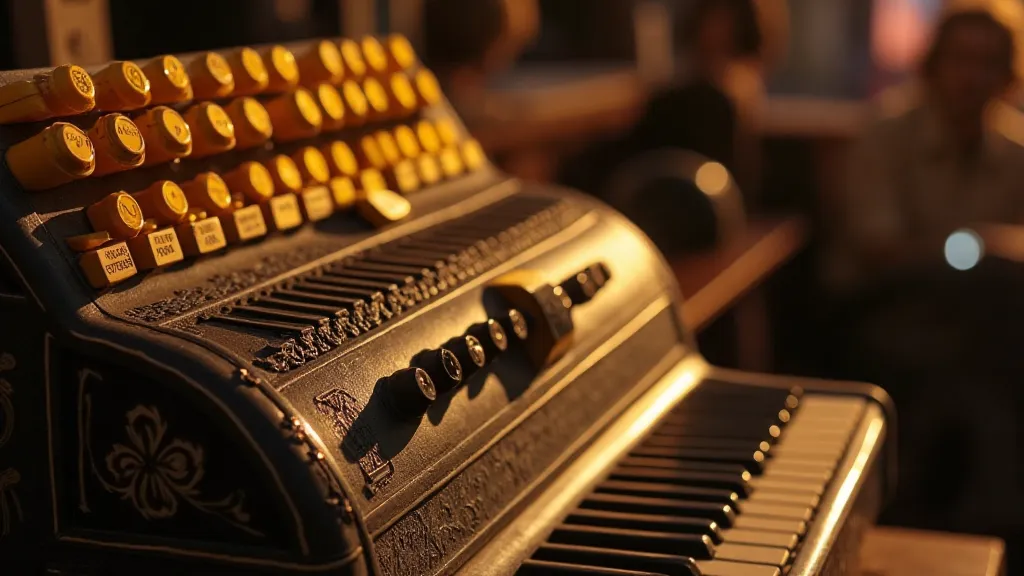
The River Continues to Flow
The influence of waterways on language continues to shape our world, albeit in more subtle ways than in centuries past. While the physical barriers have diminished, the symbolic boundaries remain. Regional dialects, like the melodies of antique accordions, are testaments to the enduring power of geography, history, and human creativity. They are a reminder that even in an increasingly interconnected world, the echoes of the past continue to resonate, carried on the murmur of the river and the whisper of the wind.




